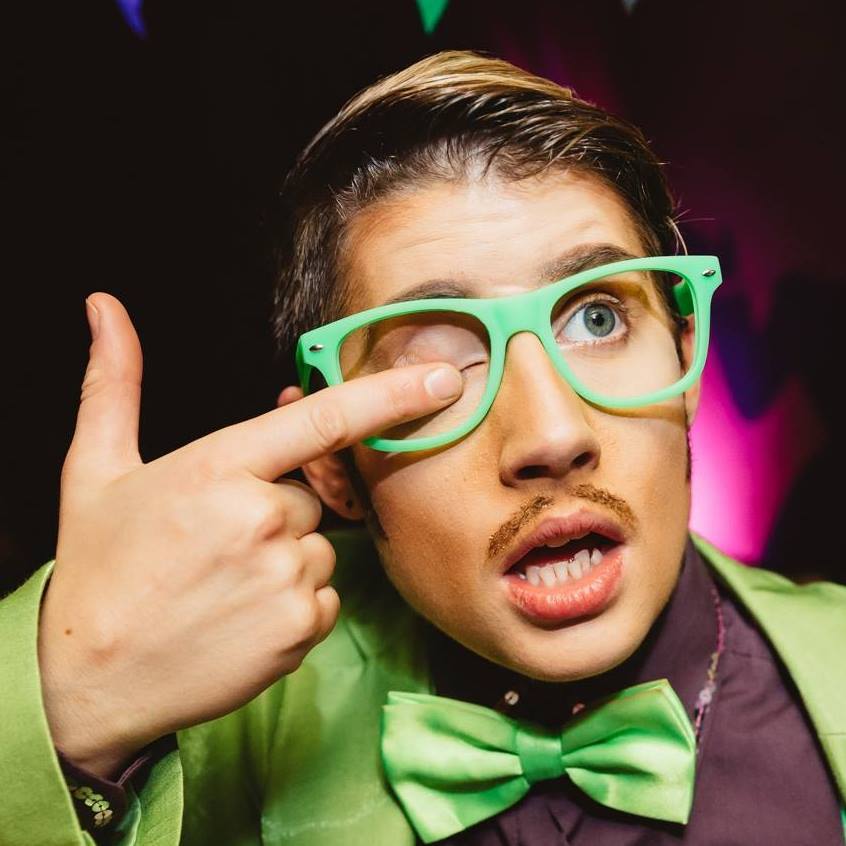


“Bidisha is already very confident with her appearance as a masculine woman. Perrin remembered how Mohanta appeared the first time she embraced her drag persona, which altered her body language. “We had our costumes our breasts were bound, I had my shirt unbuttoned, my jacket was unzipped, we had facial hair. “We literally roamed about the streets to find scenic locations where we could shoot,” Mohanta recalled. The Desi Drag Kings did their first photoshoot (on a shoestring budget) in Goa, a small Indian state known for its nightlife and beguiling beaches. For that reason, it was crucial for us to bring this project to life.” Such a beautiful heritage should be kept alive by all people, including modern and queer. “India has a long tradition of gender-bending culture, but it isn’t affiliated with the modern image of queerness.

“I am personally captivated by Indian ethnic wear, with its saturated colors, shiny textures and a sense of majesty,” Perrin said.

“That’s when I began exploring myself-who I was, who I wanted to be, my sexuality-everything,” she explained.Īt the institute, Mohanta met her then-girlfriend, Pauline Perrin, a French fashion design student who encouraged her to start the Desi Drag Kings project. It was only when she decided to pursue music abroad at Lasalle College of the Arts in Singapore that she was surrounded by creative people and things swerved in a different direction. Mohanta was a reticent child, but singing offered refuge. I always knew my sexual orientation…but I thought I was the only one.” “It was very difficult for me when I was growing up because there was no one around me whom I could relate to,” she said. “If a woman is a tomboy or is proud and vocal, people feel uncomfortable.”ĭoing drag was a precocious move for Mohanta, who was born in the small town of Sodepur, outside of Kolkata. Often, also objectified and hypersexualized.” Women who embrace masculinity are looked at as a threat, she said. “Drag queens are more popular because femininity in the entertainment industry has always been really celebrated. Mohanta reasons that society is generally been more accepting of femininity as spectacle. The Desi Drag Kings continue India’s tradition of gender-bending performance, though outside of the world of traditional film and theatre at niche LGBT clubs. “Female impersonation continued well into the 1930s on the stages of western India, whereas in Bengal, actresses replaced boys and men in the 1870s,” wrote University of Texas history professor Kathryn Hansen. There have also been accounts of Indian actresses performing male roles. In 1913, Anna Hari Salunke became the first female impersonator in Indian cinema, starring in the country’s first full-length feature film, Raja Harishchandra. In colonial India, some male actors played female parts, since women were not allowed to act on stage or in films because it reflected poorly on their moral character. However, in the Indian pantheon of gods and goddesses, Ardhanarishvara is an androgynous Hindu deity who is half-male (god Shiva) and half-female (goddess Parvati). In India, drag is often considered to be a cheap source of entertainment, since queer and non-binary individuals still face severe criticism and are not accepted in certain parts of society. It would be obvious, then, why conversations around drag rarely exist. 6, 2018 that the country, in a landmark move, decriminalized same-sex relationships. India has had an abraded history in relation to LGBTQ rights, where homosexuality is still frowned upon. There is a powerful twofold rebelliousness at play in Desis’ dress, one which bends gender and challenges the notion of clothing that is universally associated with kings. Desi means indigenous in the Indian language and while drag kings are commonly associated with multi-hued tuxedos, poppy bowties, and shiny shoes, the Indian kings strut in dhotis (an unstitched men’s garment knotted at the waist), kurtas (knee-length shirts), turbans (headwear), and juttis (footwear). Mohanta established Desi Drag Kings in June 2018, a home-grown tribe of women who are putting an Indian spin on drag in photoshoots and, occasionally, on stage.


 0 kommentar(er)
0 kommentar(er)
